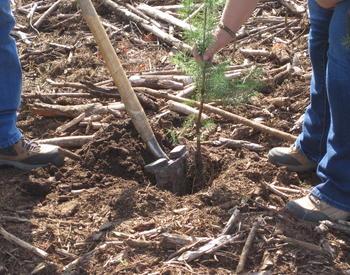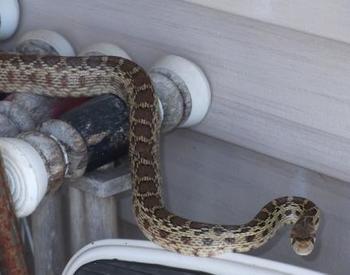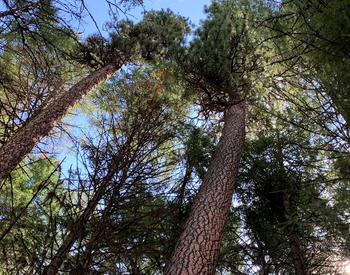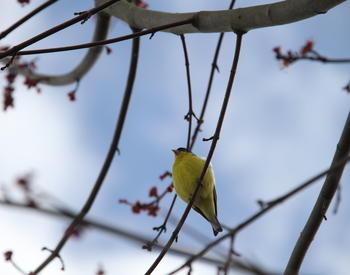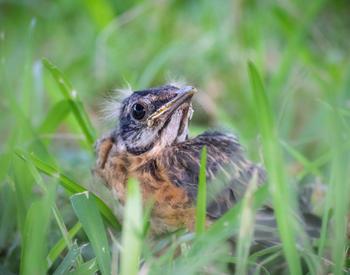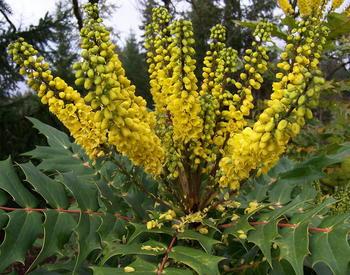Transcript
(bright music)
- The forests of Central
and Eastern Oregon are diverse
and complex, in terms of their structure
and species composition.
These forests can be broken up
into four major forest types,
ranging in elevation,
temperature, and moisture,
and are largely driven by the
topography and local climate.
These forests range from the
open ponderosa pine stands
to mixed conifer,
and up in elevation to subalpine forests.
And although these forests
range in their complexities
and species compositions,
a lot of the management
remains the same, whether it's uneven-aged
or even-aged management.
But the difference
being that the intervals
between these treatments
are usually a lot longer.
These forests have changed dramatically
since their historical ranges
in terms of their densities
and species composition,
and has largely been driven by
things like fire suppression,
grazing and past management practices.
Forests of Eastern
Oregon grow a lot slower
than forests on the west side
so there's a lot longer time
periods between treatments.
So, there's plenty of opportunity
to incorporate things
like pollinator habitat
into your current management objectives.
Depending on your management objectives
and your forest type, there
are a number of opportunities
to encourage pollinator
and other wildlife habitat
in your dry side forest.
The first thing to consider
is invasive species
such as invasive annual grasses
that can compete with native vegetation.
The second thing to
consider is reintroducing
native species, either
through seeding or planting.
And the third thing to
consider is protecting
and promoting the growth of native species
either through caging or irrigation.
Whether you're using an even-age system
or an uneven-age system,
if you're interested in
incorporating pollinator habitat
into your management objectives
these are a couple key things to consider.
The first is that open
stands allow enough light
to reach the understory to
promote pollinator species.
The next, if utilizing an
uneven-age management system
is to utilize group
selection or patch cuts
to create the same light
reaching the understory.
The most common intermediate treatments
are fuels reduction treatments,
where understory species are
removed to reduce the fire risk
and reduce the continuity of
fuels as well as ladder fuels.
Reducing that understory competition
by removing smaller trees or even shrubs
can also help promote understory growth.
A couple other elements to consider
is leaving course woody debris
and also minimizing soil disturbance.
Coarse, woody debris is crucial
for some pollinator species,
and minimizing soil disturbance
can help protect ground nesters.
Another thing to consider is
protecting pollinator species
from herbivory, whether from
wild animals such as ungulates
or from domestic animals
such as grazing livestock.
Another treatment that can be used
to increase pollinator habitat
and promote pollinator
species is prescribed fire.
Prescribed fire can remove fuels
and help expose mineral
seed beds to promote seeding
of various species that
pollinators prefer.
Some common species in Central
and Eastern Oregon that pollinators prefer
include flowering shrubs such
as rabbit brush or manzanita
or many flowering herbaceous species
like the number of
wildflowers found throughout.
(bright music)
This is an introductory video describing the needs of pollinators and how those needs can be met by forests in Eastern Oregon.






